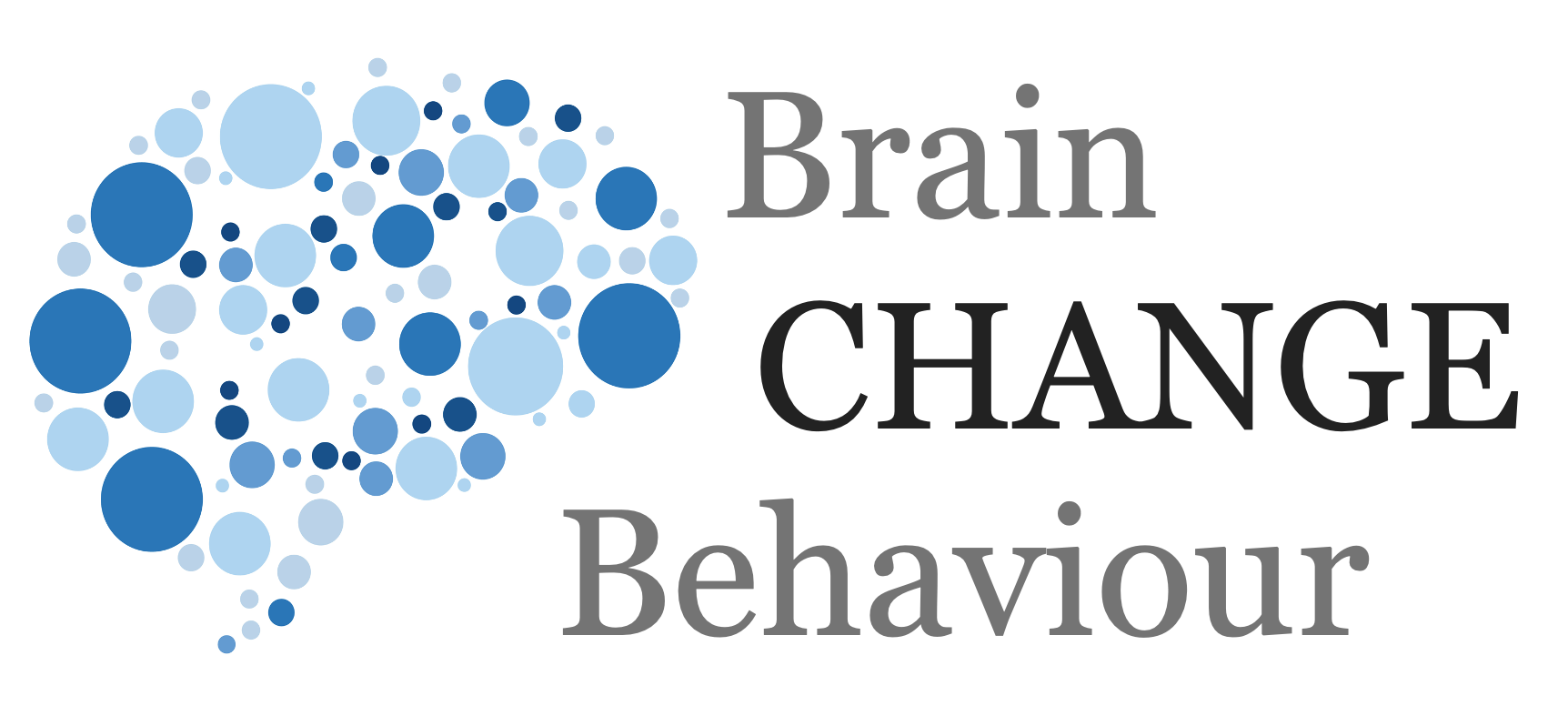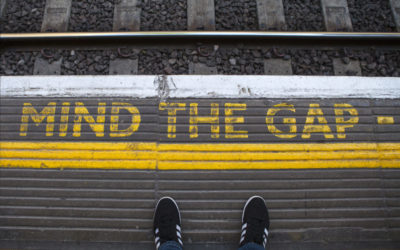
Things in life tend towards certain balances. This is particularly true in large systems and this is why change can happen in small contexts and be very effective or successful but in large systems different rules apply. This is because a large system will balance out.
Uber for example wanted to increase driver pay but the incentives and increased tipping led more drivers signing up to Uber which thereby increased supply and balanced out income. In a small group pay could increase but over the whole driving force natural equilibrium balanced this out. This is also present in political thinking – getting all children to go to college ends up either lowering standards for college or leaving unemployed graduates (or both). This is because the market may not need so many graduates.
This is often a problem of large-scale initiatives particularly government policies. A similar effect is the pareto principle or the 80/20 rule. For example, many organisations notice that 20% of their sales force produce 80% of their sales. So logically the best answer is to fire 80% of the sales staff, lose 20% of sales but keep 80% of revenues. But the Pareto principle states that this is always true – it is a natural distribution that always seems to occur – so you will still end up with an 80 / 20 split with the remaining staff. Firing 80% of the staff will also lose many network effects and have many unintended consequences.
What needs to be considered in large scale change initiatives is if there are equilibrium effects and natural distributions which will impede change.
Simple Takeaways
-
- Consider if there are equilibrium effects
- Consider if there are natural distributions
© leading brains 2022
Reference
More Articles
Don’t Try to Change Minds – Change Behaviour
Don’t try to change minds but simply change behaviour is the result a group of researchers have come to with regard to vaccinations.
Introduction to SCOAP
SCOAP is a complete model of human motivation, behaviour, and wellbeing, summarising over a century of research into the human brain, human psychology, and human behaviour in all contexts.
SCOAP Needs
These are basic human needs which means fulfilling them is essential for human wellbeing and therefore also that having them unfulfilled or violated lowers human wellbeing. These also direct human motivation and subsequently human behaviours.
SCOAP Motivation
Much has been written about motivation and there are many (false) assumptions to motivation also. So let’s start with a simple definition of motivation.
SCOAP Behaviour
Behaviour is about doing things, actions. That is obvious, but there are many grey zones to behaviour. For example do we class breathing as behaviour, or heartbeat, or sweating?
SCOAP Change
As you will have seen with SCOAP, this gives a comprehensive model of human needs, motivation, and behaviour. We can therefore use this to guide behavioural change interventions.
The Undermining Effect
Rewards sound like a good way to instigate behaviour you want. In our world we often think of financial rewards. Good idea, right?
Well, no, rewards can actually lower motivation.
Making Change Stick
The sustainability question, or problem, is ultimately the biggest and most important question or issue.
The Value-Action Gap
The value-action gap has multiple other names: attitude-behavior gap, intention-behavior gap, KAP-gap (knowledge-attitudes-practice gap) or belief-behavior gap.
It refers to the gap between what people often say they value and their subsequent actions or willingness to meaningfully contribute to this value.
Uncertainty Changes Behaviour (But Boiling Frogs Doesn’t)
Why do people make random and unpredictable decisions when uncertainty arises (such as buying toilet paper at the start of a pandemic)?










